Triple Point
helping organizations prioritize collaboration opportunities
The Challenge
Overview
We are team Thrive, an interdisciplinary group of Human-Computer Interaction students who researched, defined, designed, and built a software prototype for The Crossland Group. Employing a user-centered design process, we conceived Triple Point, a tool that uses Social Network Analysis to help organization leaders prioritize collaboration opportunities.

The Need
The Crossland Group helps their clients—organization leaders—form and maintain strategic relationships. Organizations are presented with many opportunities to form collaborations, but with limited time and resources, how can they ensure that these often complicated relationships are successful?
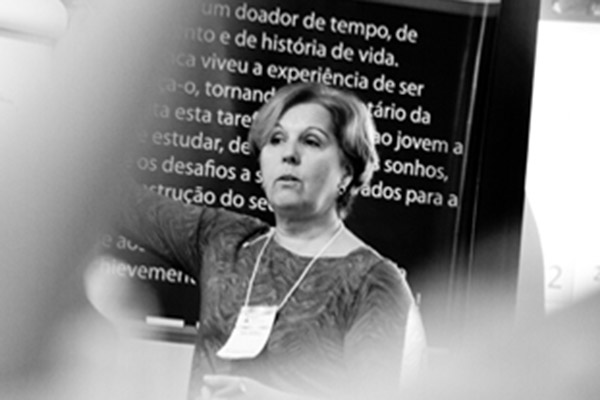
SNA
The Crossland Group was interested in the potential applications of social network analysis. A social network is created by any interaction between individual people, groups, or organizations. Social network analysis, often referred to as SNA, allows these relationships to be mathematically analyzed and visualized, helping to gain perspectives often unseen within a network.

UCD
At the HCII, we practice user-centered design. This philosophy centers about meeting the needs, desires and abilities of the person who will end up using the final design. We iteratively research and test designs to ensure we are doing this.


SNA

UCD

Domain Research
Literature Review
Team Thrive investigated how organizations collaborate, reading 80 academic journals, business white papers, and books. We wanted to understand how people and organizations build relationships, why they begin to collaborate and what problems they faced while collaborating.
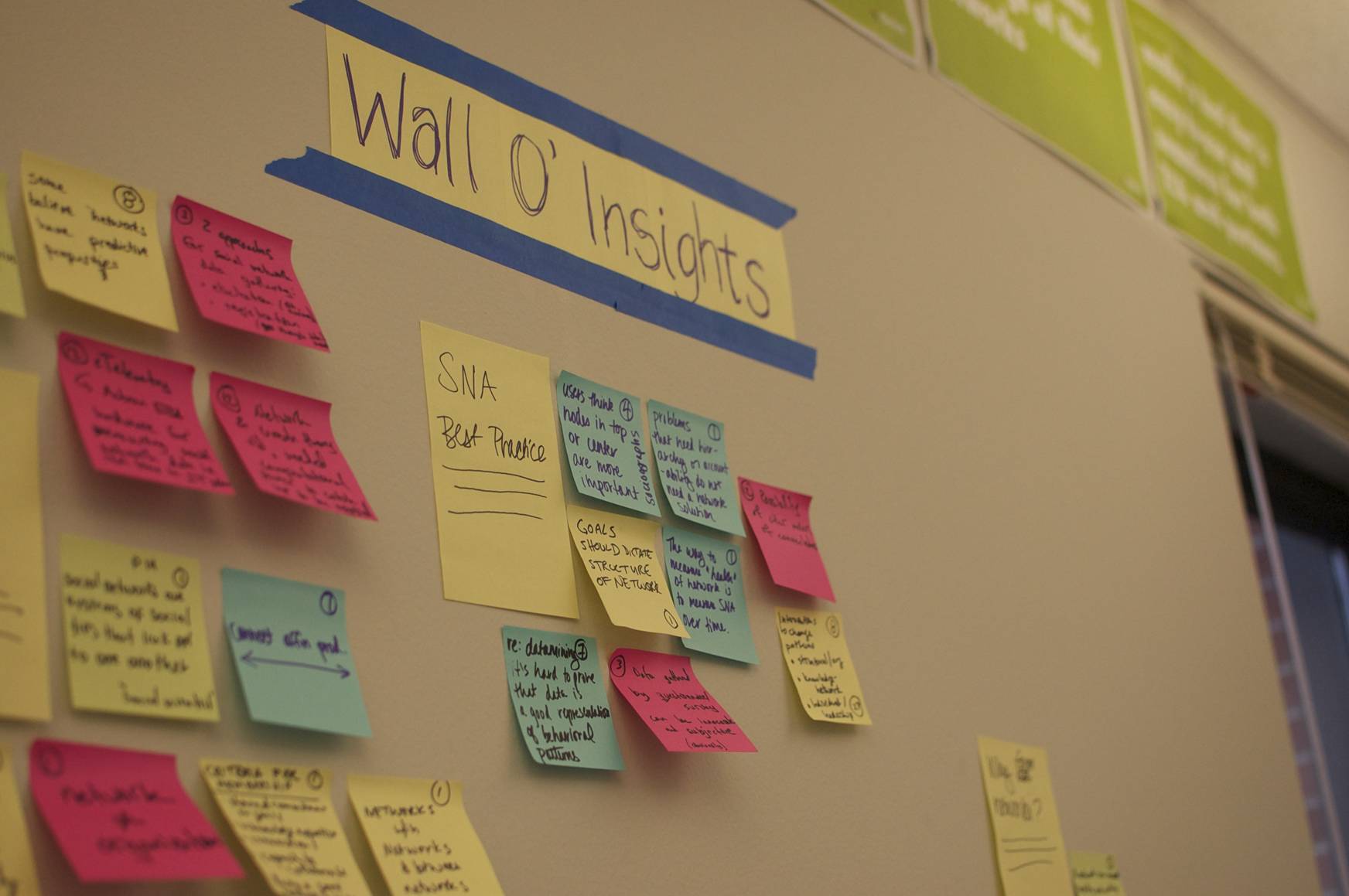
Competitive Analysis
Team Thrive explored the tools that organizations use to communicate with partners and manage collaboration. We reviewed customer relationship management systems, social networking sites, and team coordination tools.
We researched the products and services organizations use to analyze their relationships like social network analysis. In total, we analyzed the strengths and weaknesses of more than 50 competitors.


Competitive Analysis

Competitive Analysis

Field Research
Who we talked to
To understand the needs of the Crossland Group's clients, we spoke with twenty-six leaders across twenty-two organizations. These individuals represented human resources, operations, finance and marketing in both private and nonprofit companies that ranged from 5 to 100,000 employees. Our goal was to identify patterns across these very different organizations.
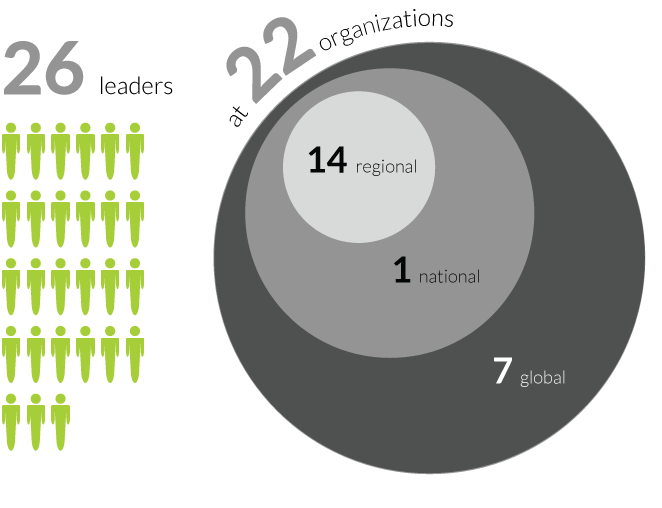
Methods
Contextual interviews
We gained a deeper understanding of what organizational leaders value, experience, and struggle with through guided retrospective storytelling.
Subject Matter Expert Interviews
We validated our understanding of social network analysis and customer relationship management systems. The SMEs offered opinions on feasibility and proposed new avenues of exploration.
People Mapping
We learned from concrete examples in this diagramming activity how people visually communicate their perception of relationships.
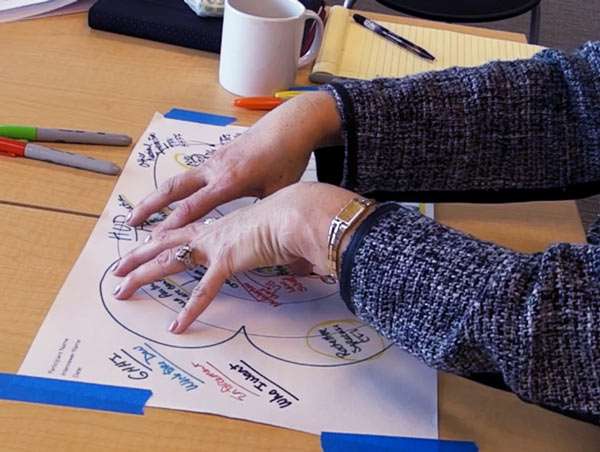
Synthesis
After completing this initial research we combined synthesized the collected data. We took quotes and observations from our field research as well as information from our literature review and intuitively grouped them in what is called an affinity model. We assessed interview transcripts for themes and patterns in tool use, comparing these to the trends found in the competitive analysis. This led us to insights about the needs of people who collaborate and guidelines that will helped us create a design that will match their desires and abilities.
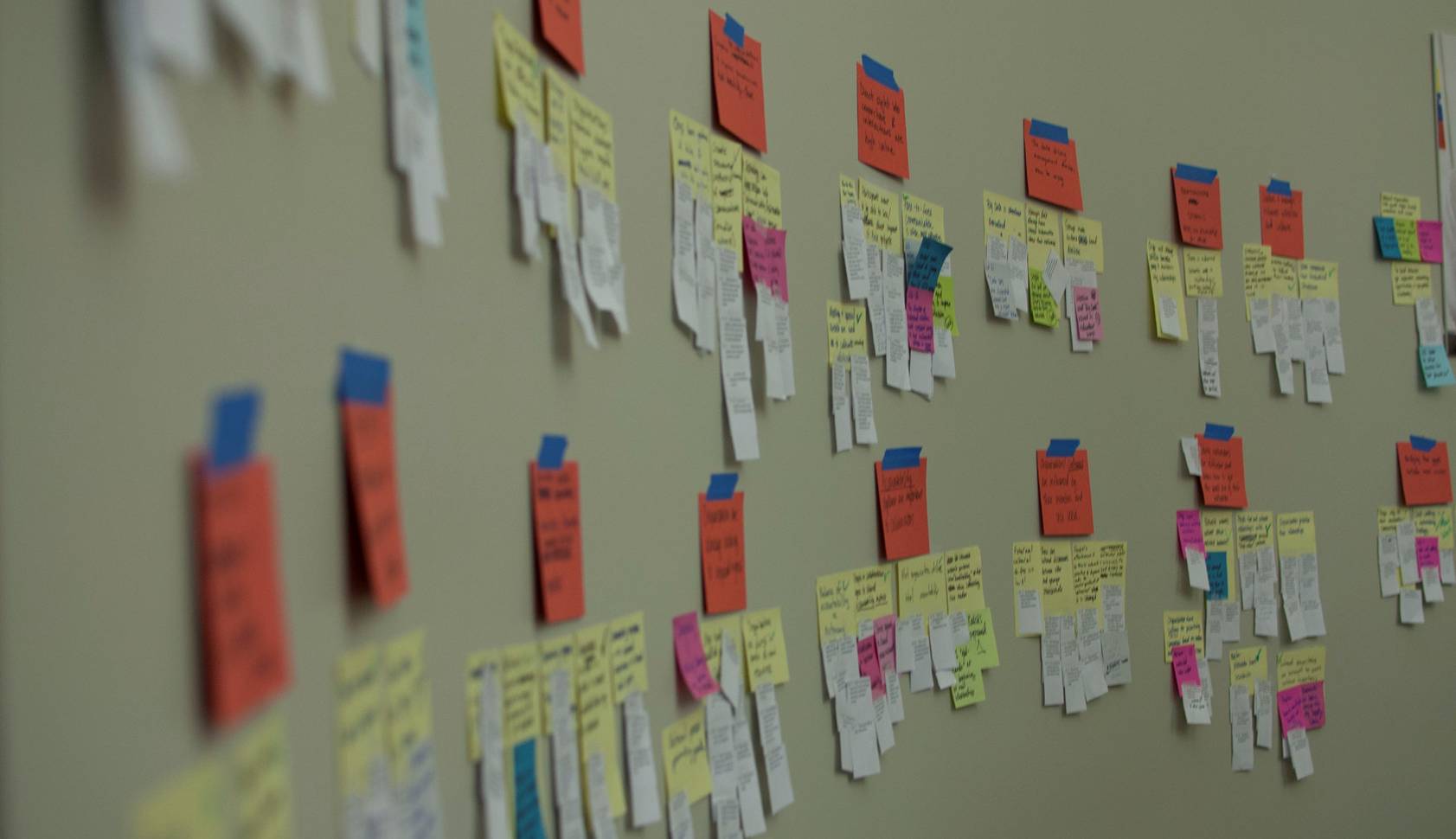

Synthesis

User Breakdowns

Design
Vision
Using the insights gleaned from our field research we generated over 100 design ideas through many rounds of ideation. With the help of The Crossland Group we selected one vision to move forward with for our design. While we imagined how our tool might support users and their new work pracitice, we validated our ideas through speed dating to ensure our design would help The Crossland Group’s clients. As we culled the good ideas, the vision became more and more concrete.
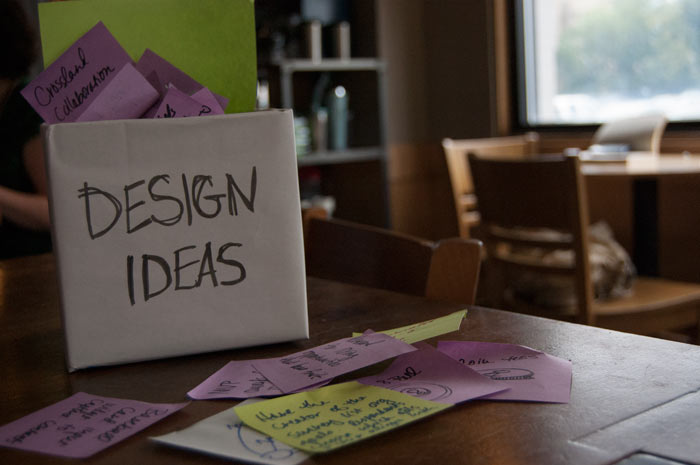
Agile Design
Using an agile development process, we quickly created field-testable prototypes. We embraced the philosophy of "fail fast, fail often" as we generated many ideas early in our process and refined them through user testing. In all, we designed five distinct iterations of our prototype.

User Testing
We began with simple, paper drawings of our prototype interface and progressively made our designs higher fidelity. However, we intermingled different levels of fidelity as refined our ideas, sometimes testing paper sketches alongside interactive prototypes. This allowed us to experiment with unconventional design elements at any point during an iterative sprint. Each sprint consisted of at least one testing session and relection period.
We used several user testing methods throughout our design process including speed dating, card sorting, guerrilla usability testing, think aloud, A/B testing, and formal usability testing.
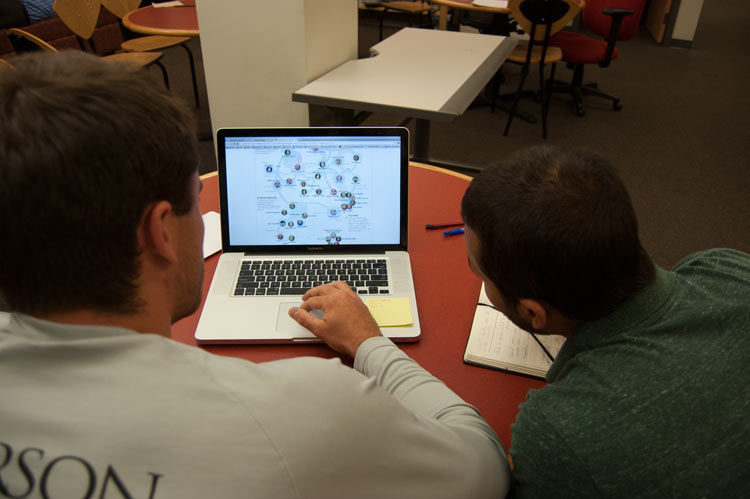
Next Steps
Our prototype is only part of an envisioned system. We helped create the foundation for a tool that will enable The Crossland Group to interact with their clients in a new way, helping them continue to be thought leaders in the field of global partnership consulting.
The final design cannot be shown here while it is still in development. If you have questions about our process or the project in general, however, please get in touch with our team.

Next Steps

Agile Design